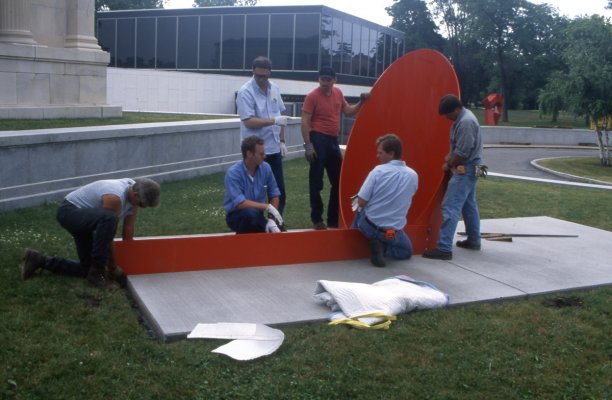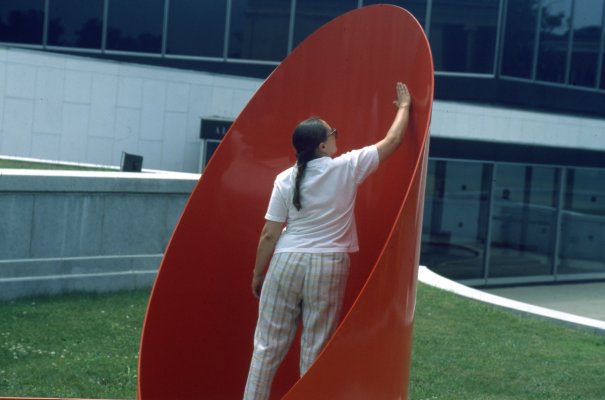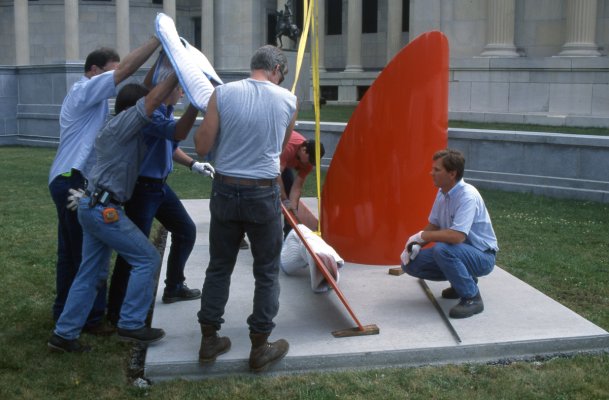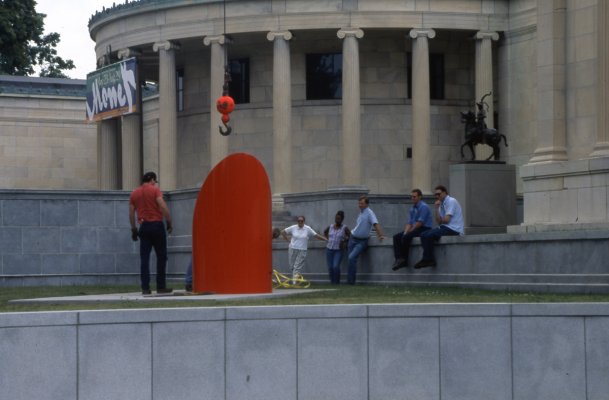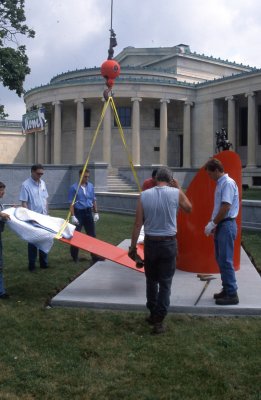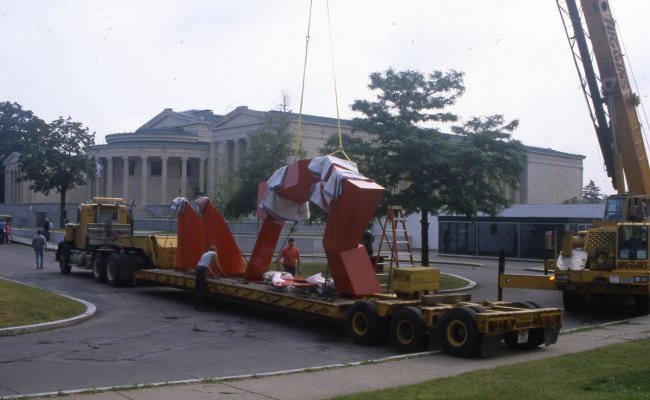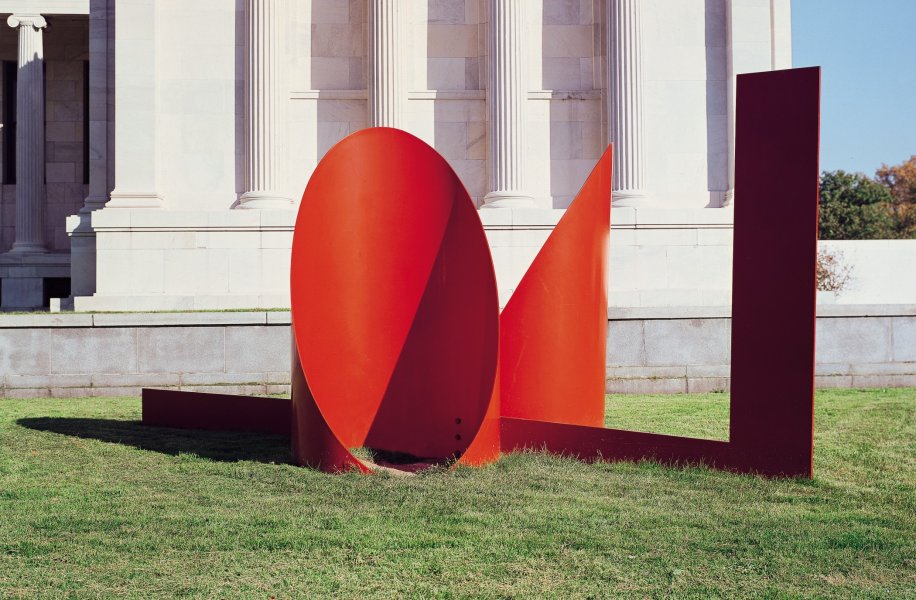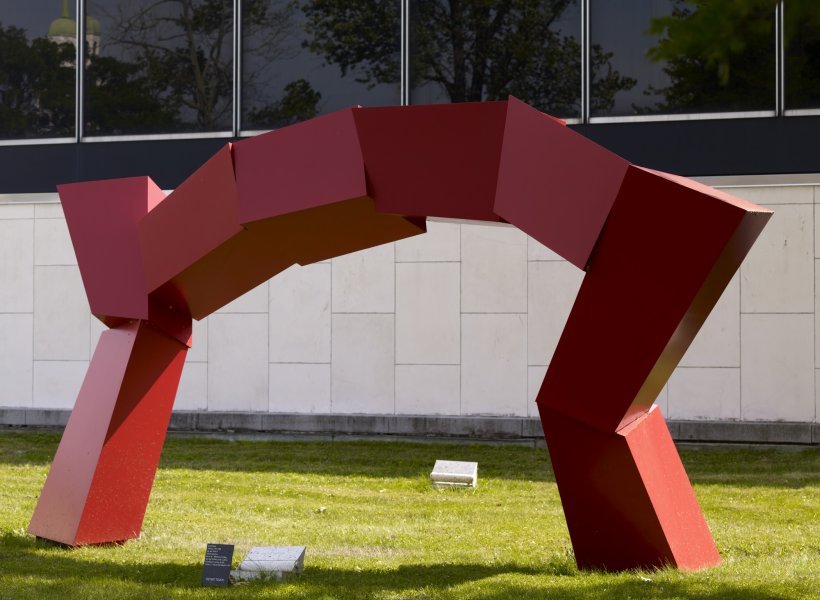In January 1998, the museum received $2 million in federal funding appropriation to be used for the repair and rehabilitation of its buildings. The special funding was approved by former United States President Bill Clinton as part of the Veteran’s Administration, Housing and Urban Development, and Independent Agencies Appropriations Bill for fiscal year 1998.
Funding for the renovations was also provided for by contributions from the fundraising campaign “Campaign for the 21st Century.” The campaign was spearheaded by Northrup R. Knox and Seymour H. Knox III, whose devotion to the museum inspired the efforts of countless volunteers to raise more than $12.7 million. The funds are earmarked for the renovations and the museum’s general operating endowment. The museum was also the beneficiary of a winning combination of public and private funding that included annual grants-in-aid from the City of Buffalo and Erie County, and the local support of AK Members.
With this funding, the museum began a much-needed multimillion dollar renovation project to replace the air-handling systems in the 1905 and 1962 Buildings. After completion, the museum was equipped with state-of-the-art heating, air-conditioning, and humidity controls that met strict federal guidelines and complied with recognized museum standards for conservation its extraordinary collection. The improvements also created the climate-controlled environment that is required of museums that wish to borrow works of art or host major traveling exhibitions.
The renovation was specifically planned to take place in stages so that the museum could continue to serve the public throughout the entire process. Stage I of the renovation project focused on the 1962 Building, while Stage II focused on the 1905 Building. The renovations allowed the museum to reduce long-term operating costs, meet strict new environmental regulations enacted by Congress in 1992, and upgrade and create a climate-controlled environment that satisfies recognized museums standards for conserving the Albright-Knox’s collection.
In addition to the behind-the-scenes improvements, this time period also allowed for artwork installed on the museum’s campus to be removed for conservation purposes. Artworks like Alexander Liberman’s Bond, 1969, and James Rosati’s Big Red, 1970–71, were removed and then reinstalled on the museum’s grounds during the summer of 1998.
